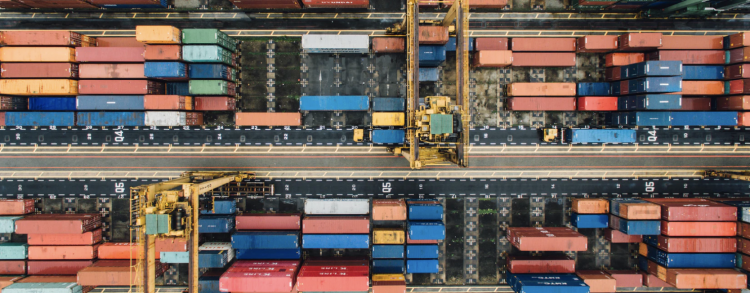

Every year China imports more than 2 trillion-dollar worth of products. It imports more than eight thousand products (at 8-digit HS code) from all over the world. In order to benefit from their market, China incorporated a duty-free quota-free (DFQF) scheme to boost imports from the least developed countries from 2010. As of 2020, 97% of the products that China imports are now enjoying zero tariff entry from a least developed country. However, challenges related to resource limitation, skill and infrastructure are limiting LDC’s to take full benefit of it. In this article, we will take a closer look into Bangladesh’s export to China and will also discuss the possibilities based on the available DFQF facility.
Products involved in cross border trade are labeled in a harmonized coding system most commonly called HS-code. All calculations and counts in this article are based on the 8-digit HS codes. HS codes are categorized in 97 chapters within 21 broader sections. This article will demonstrate the section wise tariff benefits available for products.
In FY 2019-20, Bangladesh exported products under 18 sections and 64 chapter to China. Bangladesh could not export any product from 32 chapters which are chapter 04, 06, 11, 13, 14, 16, 18, 23, 27, 31, 33, 35, 36, 37, 43, 45, 47, 59, 66, 68, 71, 75, 78, 80, 81, 82, 86, 88, 89, 92 and 93. However, analysis show that Bangladesh exported 488 products (8-digit tariff line) to China; among them 228 are under textile section (Chapter 50- 63) which accounts for 48% of all the tariff lines Bangladesh exports. However, this only address only 20% of the textile tariff lines that China imports. If our focus remains on the same products in the upcoming years, we would not be able to take the huge opportunity offered to us by DFQF 2015, where over 1,141 textile tariff lines allowed zero tariff entry.

While Bangladesh’s export product line is heavily dominated by textile products, other sections barely make it to the list. In the FY 2019-20, 72% of our export earnings from China were contributed by textile products. Depending on one section (textile) means the export line is not sustainable and we need to diversify our manufacturing industry based on the huge demand in China. There are demands for products from every section in China. Machinery, electrical, chemicals and allied industries, textiles, base metals, vegetable products, animal and animal products are in highest of demand. Through duty-free quota-free system, China gave zero tariff entry to 1,508 products from machinery/ electrical section, 1,286 products from chemicals and allied Industries section, 1,141 products from textiles section, 770 products from base metals and 515 products from vegetable products section. See full list in Table-1.

On the other hand, Bangladesh could not benefit much from this huge market in FY 2019-20. Other than the textile section, Bangladesh exported 30 products from machinery/ electrical section, 19 products from chemicals and allied Industries section, 14 products from base metals and 11 products from vegetable products section. See Full list in Chart-1.
Bangladesh should focus on enhancing its capacity in its strong pints also invest in the other industries to enable a robust growth of export to China. Investing in export quality production of diverse products like animal and animal products, leather, footwear, prepared food, vegetable products, wood and wood products can generate high export return. All these sections are comparatively easy to navigate for Bangladesh. Some are already in operation but in small scale. China imports 1,699 products from only these sections and for LDC’s export of these products are zero tariff.
However, making extraordinary improvements in current times is a tough ask as the Covid19 pandemic put all the economies around the world into a recession. But, starting a process of diversification of export product line will surely benefit Bangladesh in the long run. Bangladesh should try to increase its share in the China’s import. Currently it is less than 0.05%. Investment in specific manufacturing industry and strong diplomatic ties to China can enable Bangladesh to benefit from large and diverse zero tariff lines.
Training youths who are already in manufacturing business in a small scale can also help. Fast tracking investment support, low cost infrastructure facility and international market access intelligence support system should be offered to these young entrepreneurs.
Bangladesh is widely known for its fertile lands. However, we have been largely failed to produce export quality food and vegetables products. Experts has been pointing out the limitation of research in this sector. So, heavy investment should be allocated in agriculture and vegetable product research. Many youths are investing in Agro-businesses. Proper training, guidance and support can improve export of vegetable products and prepared foodstuffs not only in China but also all over the world.
An updated detailed database of all manufacturers should be made available so that internet based cross border b2b trading platforms can showcase Bangladeshi manufactured products to the world. This is the smartest way to brand the Bangladeshi manufacturing industry.
Data Source: UNCTAD, EPB, Bangladesh Customs

A Merchant Bay Report